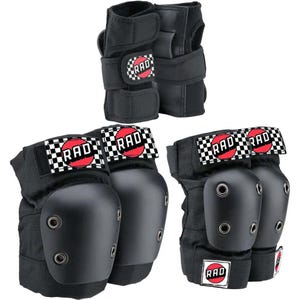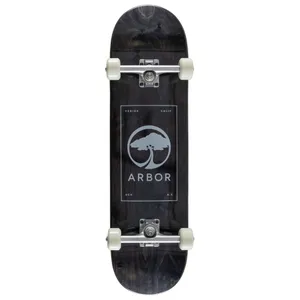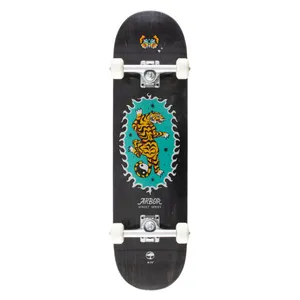Skateboard Vs Longboard: What's the difference?
Understanding the differences between a skateboard and a longboard is key to choosing the right board for your riding style. Skateboards and longboards are two distinct types of boards, each with its own unique design, feel, and purpose. In this blog, we will explore the differences between skateboards and longboards and which one best suits you!
Key Differences:
Shape and Size
- Skateboards are typically shorter, usually ranging from 28 to 32 inches in length. They have a more symmetrical, narrow shape with a slight curve (concave) in the middle.
- Longboards are longer, ranging from 33 to 59 inches. They generally have a wider, more elongated shape with a variety of styles like pintails, drop-throughs, or cruiser decks.
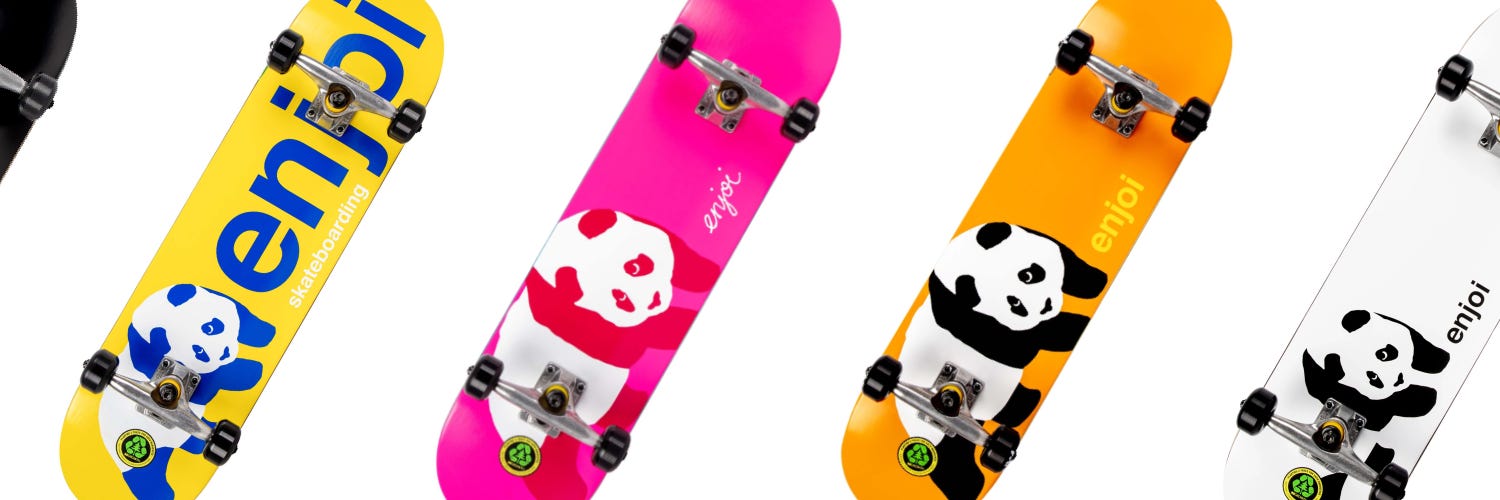
Riding Style and Purpose
- Skateboards are designed for agility, enabling riders to perform tricks in the skatepark or streets. They're great for street skating, technical tricks, and vert skating. Their design allows for sharp turns, quick manoeuvres, and performing tricks like ollies, kickflips, and grinds. The smaller wheels and deck size allow for fast movements but can be less stable on rough or uneven terrain.
- Longboards are awesome at providing a smooth and stable ride. Their design is focused on stability, comfort, and control, making them ideal for cruising, downhill riding, and carving. The larger wheels and longer deck offer a more stable and comfortable ride, especially over long distances or rough roads. Longboards are perfect for leisurely rides or carving turns on wide-open spaces.
Wheel Size and Hardness
- Skateboard wheels are typically smaller, ranging from 50mm to 54mm, and are made from harder materials. These hard wheels allow for precise control and speed, especially on smooth pavement, but they don't perform as well on rough or uneven surfaces. This is perfect for performing tricks but can be uncomfortable for long-distance cruising.
- Longboard wheels are larger, often ranging from 55mm to 60mm or more, and tend to be softer. These soft wheels provide a smoother ride, absorb shocks better, and perform well on rougher surfaces. They’re ideal for cruising and downhill riding, offering better grip and stability, especially when cornering.
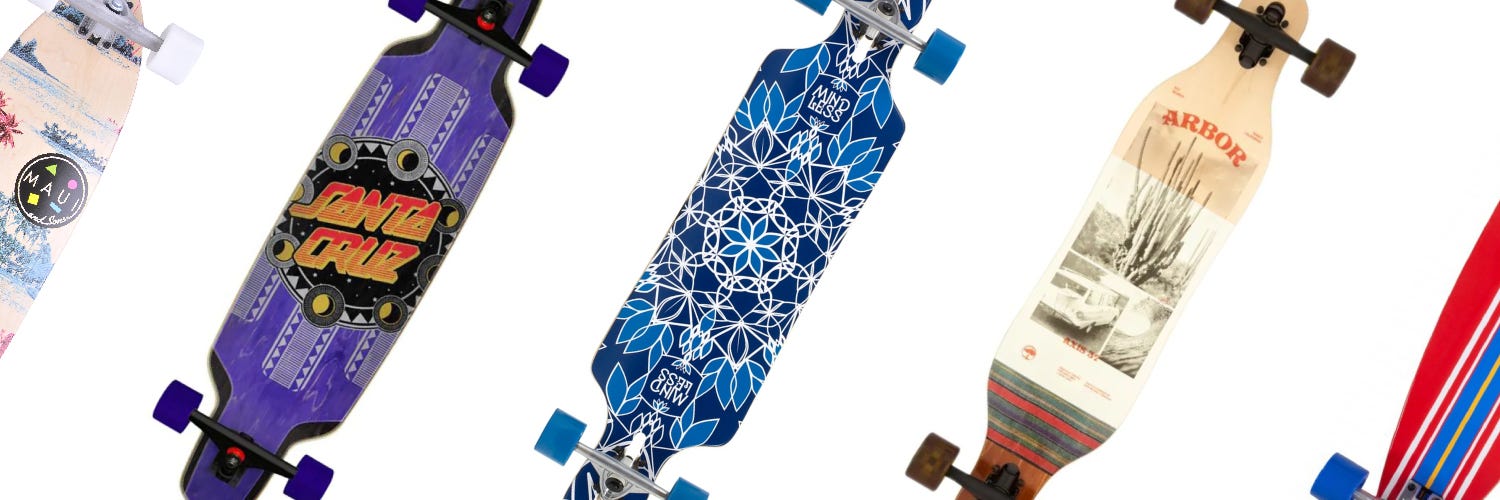
Stability and Speed
- Skateboards are generally faster in terms of acceleration due to their compact size and lighter build. However, they can be less stable at high speeds, especially when ridden over rough surfaces. This is why they are mostly used in controlled environments like skateparks or smooth streets.
- Longboards are built for stability at higher speeds. Whether you’re going downhill or cruising on a flat road, longboards offer a smoother, more controlled ride. Their longer decks and softer wheels provide more grip on the road, making them better suited for downhill racing or long-distance rides.
Which One Should You Choose?
Deciding between a skateboard and a longboard really comes down to your personal preference, riding style, and what you want to achieve with your board. If you’re into tricks, street skating, and skatepark sessions, a skateboard might be your best bet. It offers precision, agility, and responsiveness, allowing you to pull off flip tricks, grinds, and jumps. Alternatively, If you’re more interested in cruising, carving, or downhill racing, a longboard is the way to go. It offers a stable, smooth, and comfortable ride that makes long-distance travel, downhill runs, and casual rides more enjoyable.
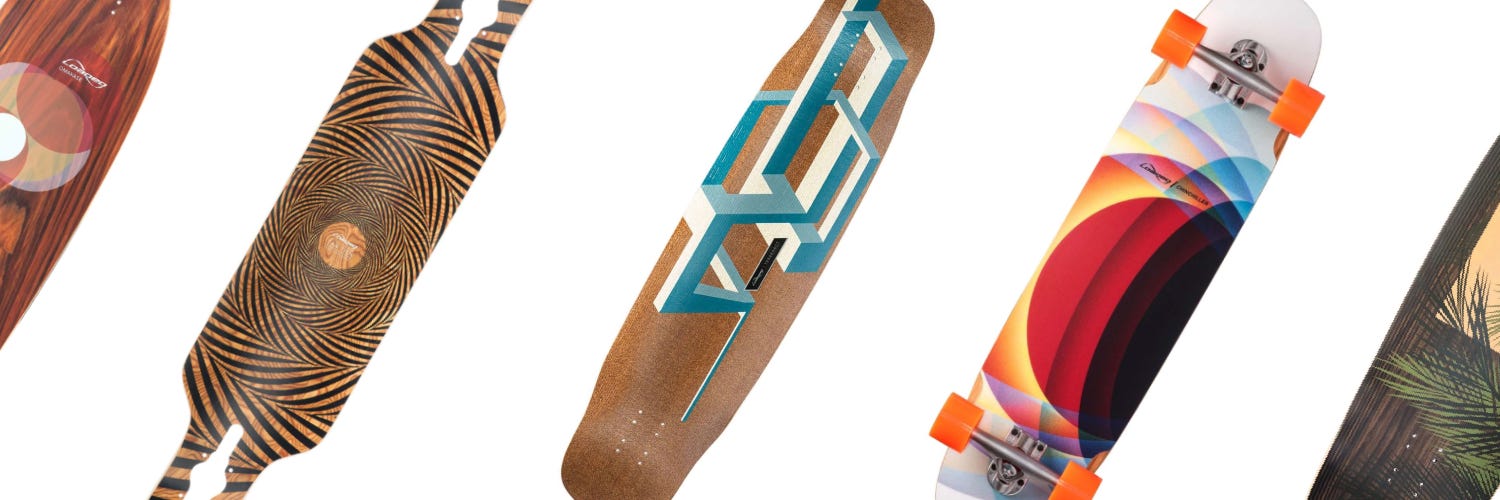
While both skateboards and longboards are awesome ways to experience the thrill of riding, they are designed for different purposes. Ultimately, both boards allow you to connect with the world of skating, but they provide different experiences and cater to different types of riders.



